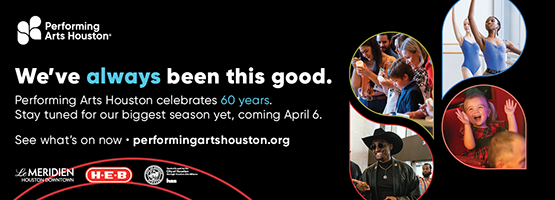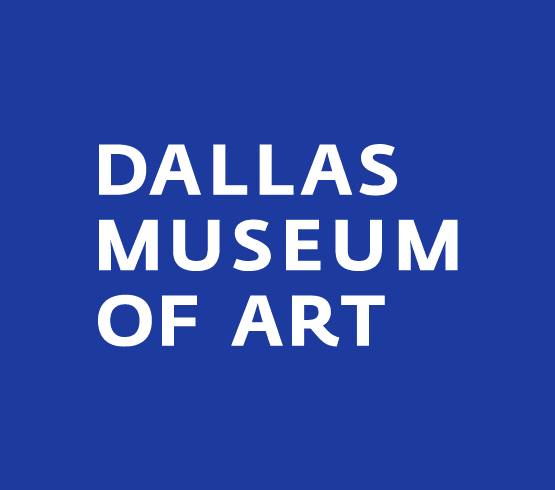The Road to Dallas is Paved with Trees, Plants and Neon
The fastest way on the ground to get from Los Angeles to Dallas is by car. But to take in the scenery, your best bet is via the Greyhound US1000 bus. The one-day and seven-hour drive begins at Los Angeles Union Station, an early 20th-century palace designed in modern and Spanish Colonial Revival styles. The journey spans the Southwest, with its complicated, sometimes barren and sometimes ugly landscape.
But it’s a path that personifies the multi-state region: in Arizona, there’s the Gila River Indian Reservation and Phoenix, the nation’s largest parking lot; Las Cruces, New Mexico, the site of the first test of the atomic bomb in the world; the transnational El Paso, Texas, and rural, dry and oil-rich West Texas. (There’s also a McDonald’s in Abilene.)
This diverse landscape, which includes the built and natural environment, systemic inequities and distinct identities, is reflected in L.A.-based Patrick Martinez’s new paintings on display in Patrick Martinez: Histories through Jan. 5, 2025 at the Dallas Contemporary.
Martinez references L.A., but thinks in terms of a larger landscape. He makes connections between the built and natural environments in the Southwest, like images of cacti or palm trees on canvases that can be serene, loud or confrontational. (He is none of those.) But he’s not creating snapshots of specific spaces, like either station, but rather borrowing and referencing them.
These broad themes and diversity of representations are reflected in the broad name: “Histories.” Past exhibitions just reference titles in the show. The title “Histories” comes from someone telling Barrientos Martínez that he paints “history paintings.”
“When we think of ‘history paintings’ we think of paintings at the U.S. Capitol. Those are all idealized, fabricated depictions of ‘American history’ or what it means,” he said. “These come closer to what a history painting is, in that he is recognizing that beneath the layers of graffiti and covering gray paint, there’s history embedded in these, as much of a reflection of a community as West paintings.”
The focus is on the shared experiences of Hispanic people whether in Dallas, the Southern California Valley or the U.S.-Mexico border. And they’re also symbols of the resilience of Latino communities, where a lot of us have had to migrate across borders, chosen to migrate, had border cross us. No matter how we’ve moved from neighborhood to neighborhood and city to city, there’s always a way to survive and flourish and create a home.”
2 ⁄6
Patrick Martinez, Fleeting Bougainvillea Landscape 1, Stucco, Neon, Acrylic Paint, Spray Paint, Tarp Latex House Paint on Panel, 7ft x 8ft x 5”, 2023. Photo Credit: Joshua White
3⁄ 6
Patrick Martinez, Fleeting Bougainvillea Landscape 2, Stucco, Neon, Acrylic Paint, Spray Paint, Tarp Latex House Paint on Panel, 7ft x 8ft x 5”, 2023. Photo Credit: Joshua White
4 ⁄6
Patrick Martinez, Fleeting Bougainvillea Landscape 3, Stucco, Neon, Acrylic Paint, Spray Paint, Tarp, Latex House Paint on Panel, 7ft x 8ft x 5”, 2023. Photo Credit: Joshua White
Martinez uses neon, is a common a form in art as it is in commerce, although a lot more expensive and harder to work with. Dan Flavin, Tracey Emin and contemporary Alex Da Corte, the subject of an exhibition later this year at the Modern Art Museum of Fort Worth, all use it.
But with him, neon is just one material.
“There’s nothing traditional about putting a neon cactus in a window,” he said, like with Feathered Serpent in Nopales and Jaguar Guardian. Technically, the neon serves as a focal point, which he said reveals how he conceives each painting. “I think about the background first and foreground and atmosphere and perspective and things that come in the middle of that.”
“The work is responding to community and bringing work to the community, a nice give and take between gallery and community,” he said. “We’re trying to put into action the politics the works have been calling for, a social sensitivity.”
—JAMES RUSSELL










